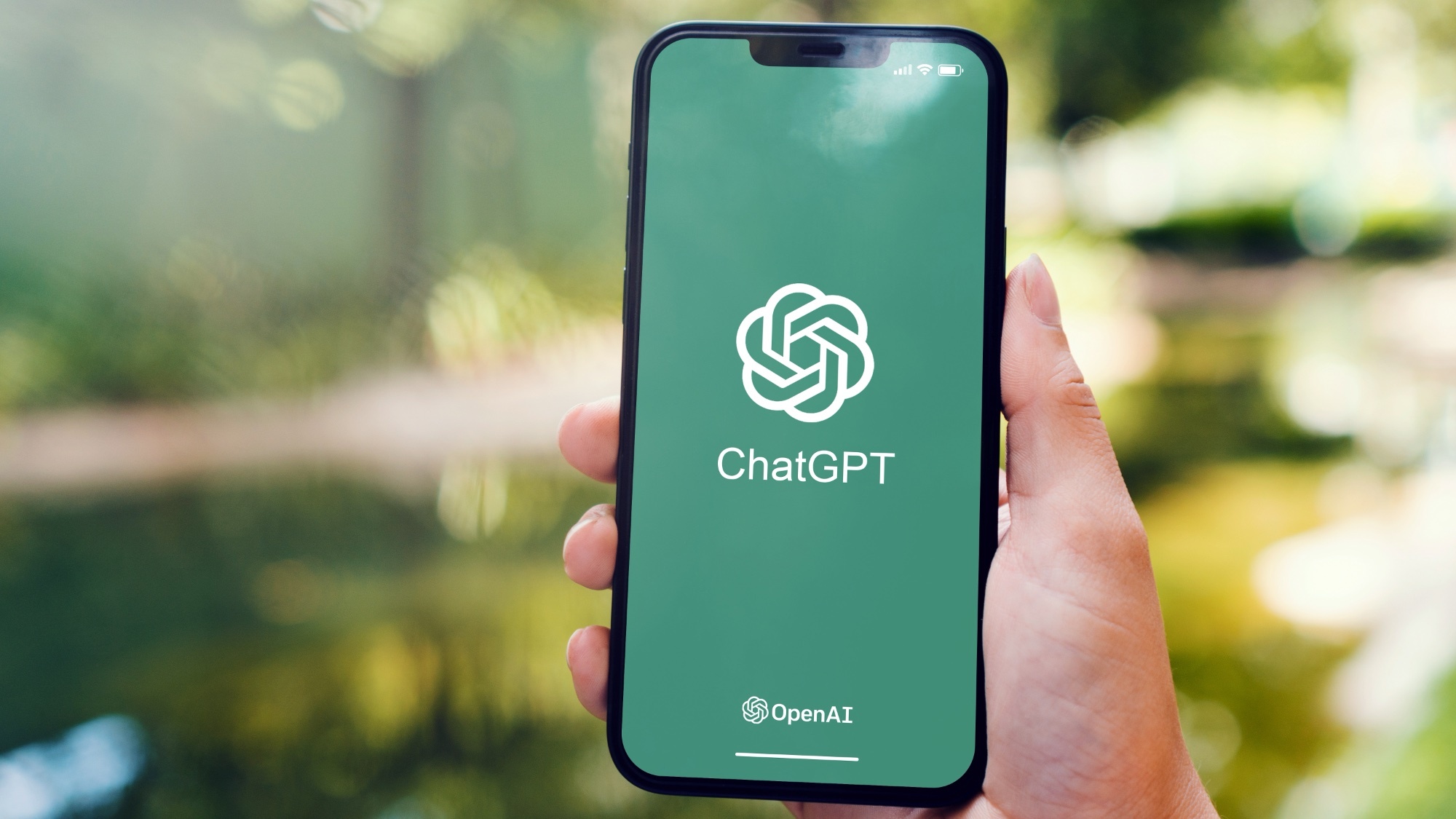What is Tesla Autopilot? Everything you need to know
Everything you need to know about Tesla’s semi-autonomous driving system
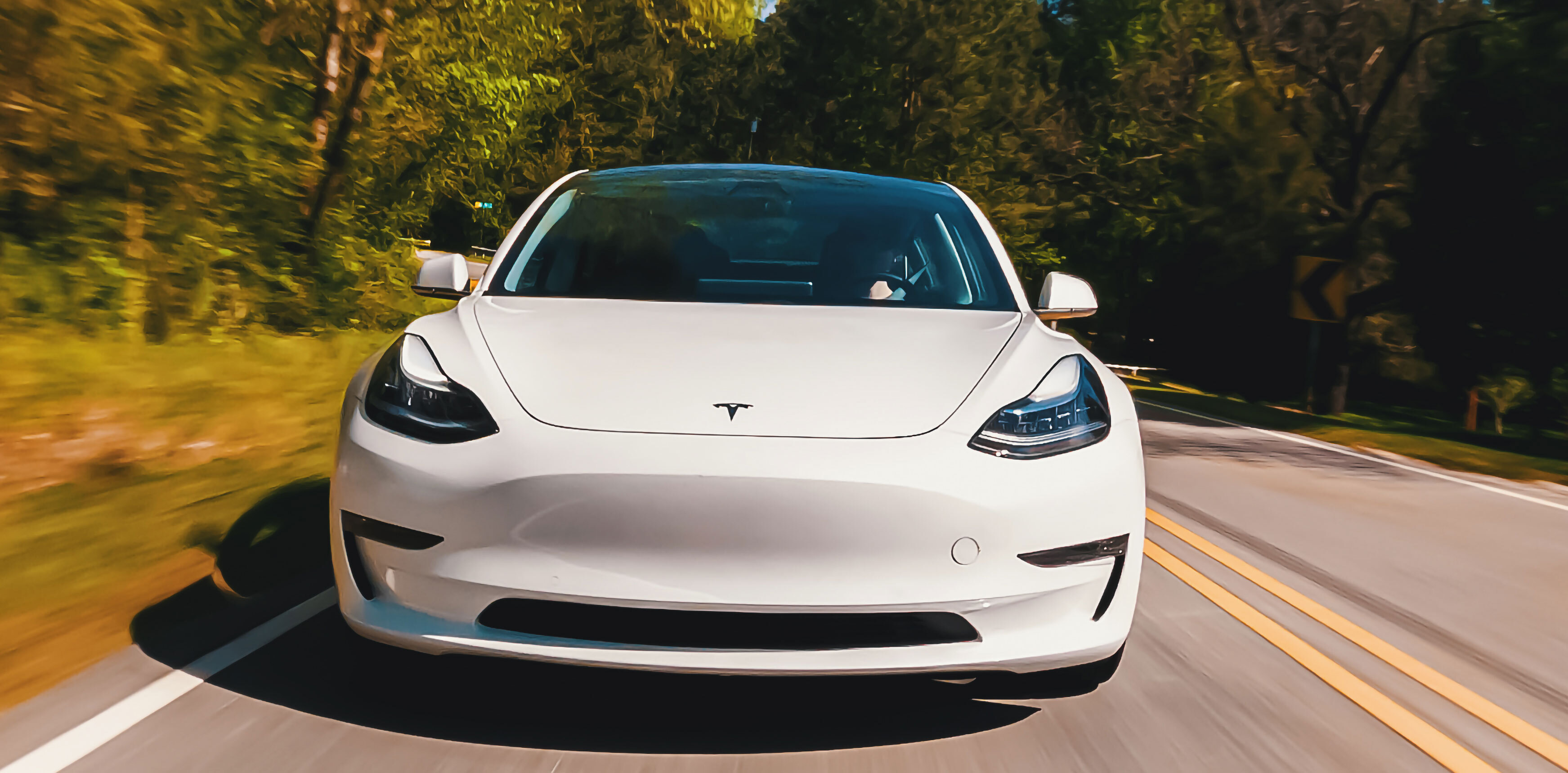
Autopilot is Tesla’s breakout technology. It’s the feature that put autonomous driving systems on the map and showed us what cars can be capable of. But it can be quite a confusing topic, especially if you’re not up to date on autonomous driving.
So what is Autopilot exactly, why is everyone so excited about it and what is it so controversial? Here’s our rundown of what Autopilot is, as well as what it can (and more importantly) can’t do.
Latest Tesla Autopilot updates
- Elon Musk claims that the FSD beta has not been involved in any accidents since it first launched back in October of 2020.
- Tesla has increased the price of the Full Self Driving option, and will now cost $12,000 instead of the $10,000 price tag it's held since late 2020. Subscription pricing remains static at $199 a month.
- Tesla has rolled back the latest Full Self Driving beta update (10.3) after "seeing some issues". Issues reported to include phantom collision warnings, a disappearing Autosteer option, adaptive cruise control issues, and more
What is Tesla Autopilot exactly?
Tesla Autopilot is what’s known as an autonomous driver assistance system. In simple terms it’s a feature that allows a Tesla to ‘see’ the cars and road around it, and drive itself to a limited degree.
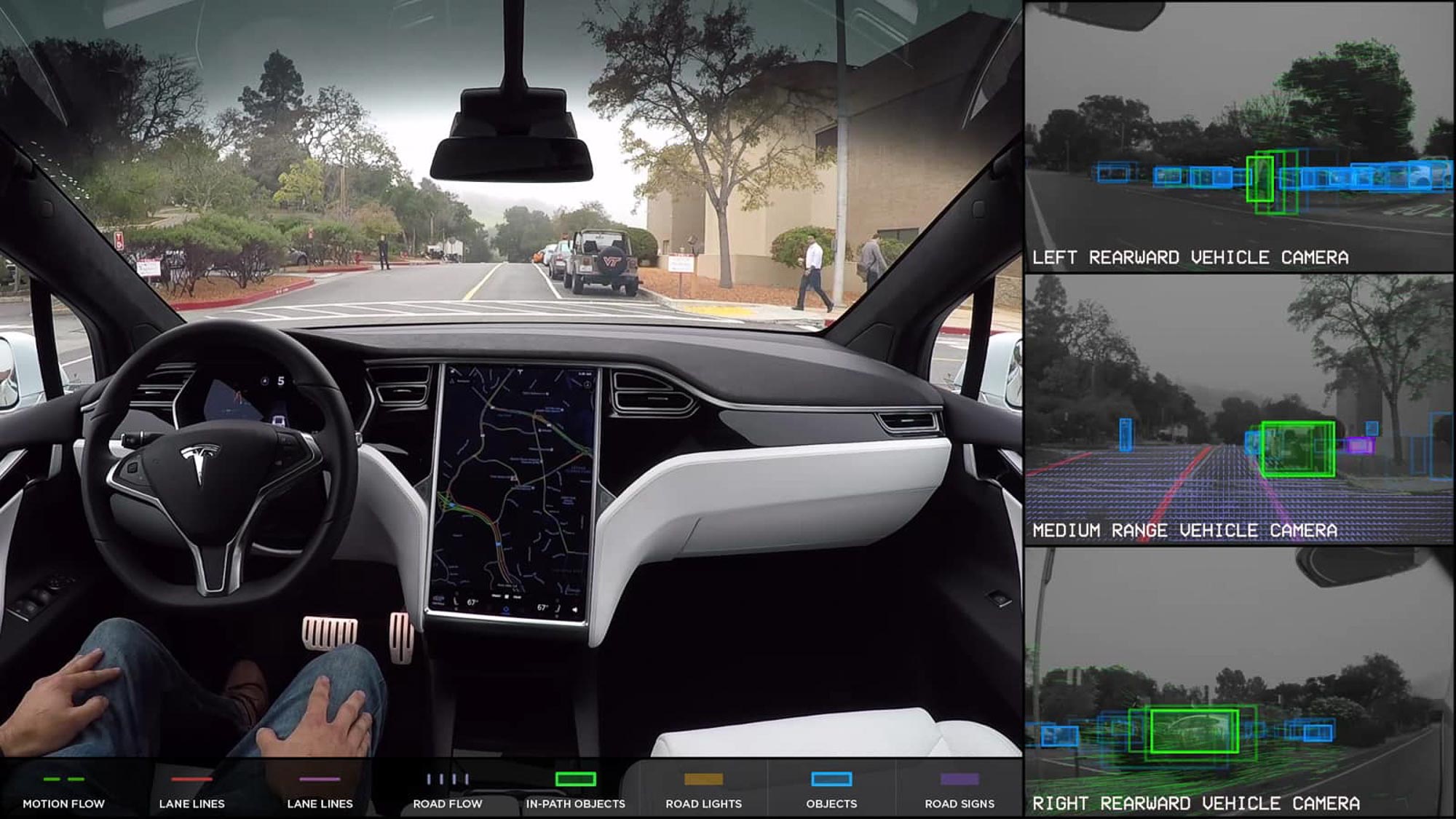
This doesn’t mean Autopilot is capable of turning a Tesla into a fully autonomous self-driving car. The system is useful, but still very limited, and requires an attentive driver to be able to take control at a moment’s notice. That is despite the name ‘Autopilot.’
What Autopilot can do
Basic Autopilot is a system that is installed on every modern Tesla as a standard feature. This system includes very basic features that lets the Tesla automatically accelerate up to a pre-set speed, brake for other vehicles or pedestrians that it sees ahead, as well as minimal steering to keep your car centered in a lane.
This Tesla Autopilot system is designed to “assist with the most burdensome parts of driving” — namely driving long distances on highways and other similar roads. These cars also come with emergency braking, collision alerts, blind spot monitoring and adaptive cruise control. Crucially, that last feature only controls acceleration and braking, leaving the driver to do the steering.
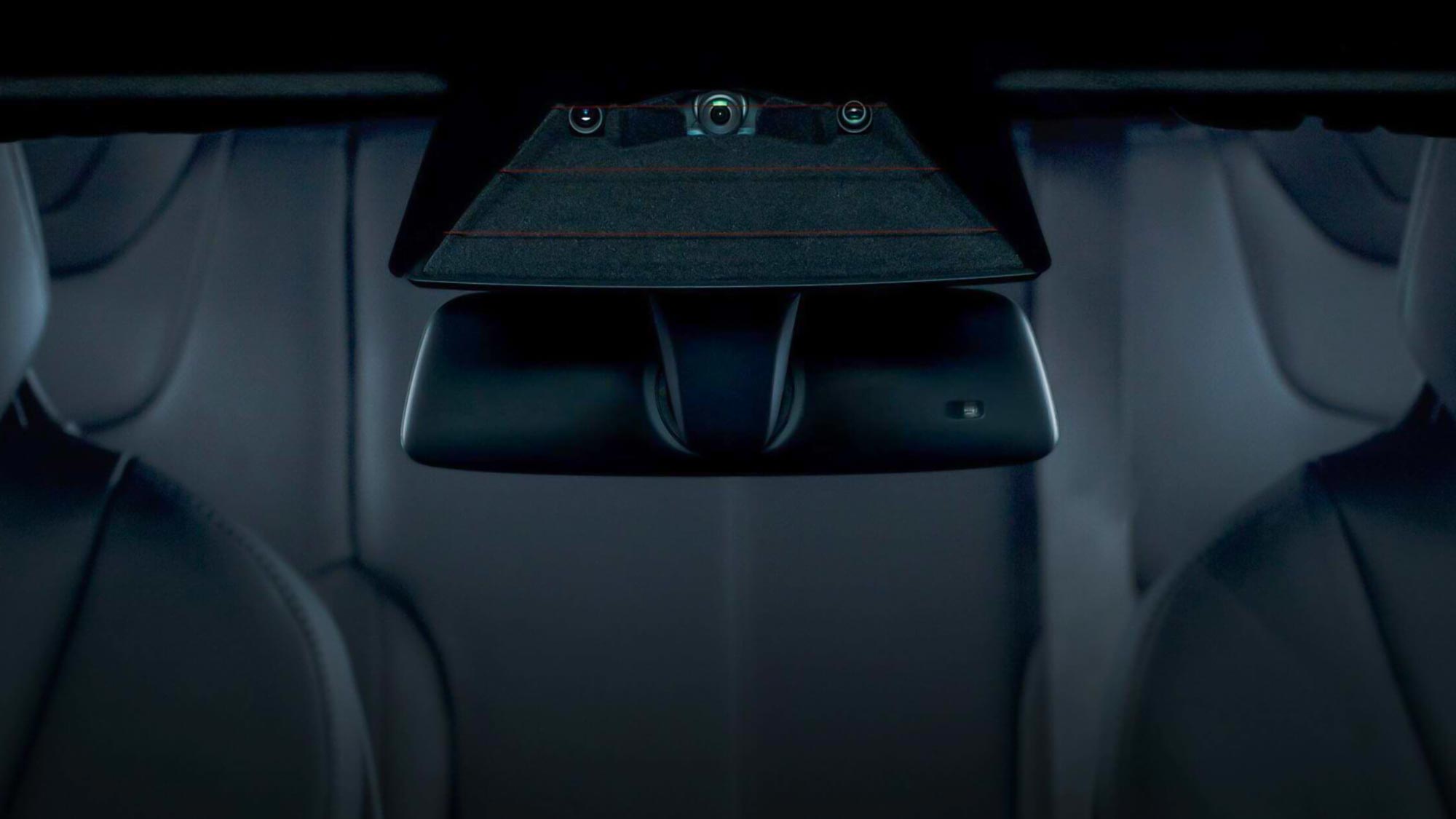
Full Self Driving is an optional extra, only available as a $12,000 add-on or a $200 a month subscription for Model S and Model X drivers in the United States. This is essentially a more advanced version of the Basic Autopilot system, with more features to assist your driving.
FSD Autopilot comes with features like automatic lane changing that can handle merges, exits and overtaking, as well as something called ‘navigate on Autopilot,’ which can take you from on-ramp to off-ramp during your journey. FSD also features an autoparking system, traffic light and stop-sign recognition, and a ‘summon’ feature, which navigates your car out of a parking space and straight to you.
FSD is also getting a feature that activates Autosteer on city streets, which Tesla says will be coming later this year. There’s no word on exactly when, however.
Tesla will also allow drivers to opt into the FSD beta program, which gives drivers access to new features and updates before they roll out to other drivers. However Tesla will only give you access if its insurance system, which tracks your driving, considers you a good driver.
But this systems seems to be working, because despite criticism Elon Musk claims there hasn't been a single FSD beta accident since the program launched in October 2020.
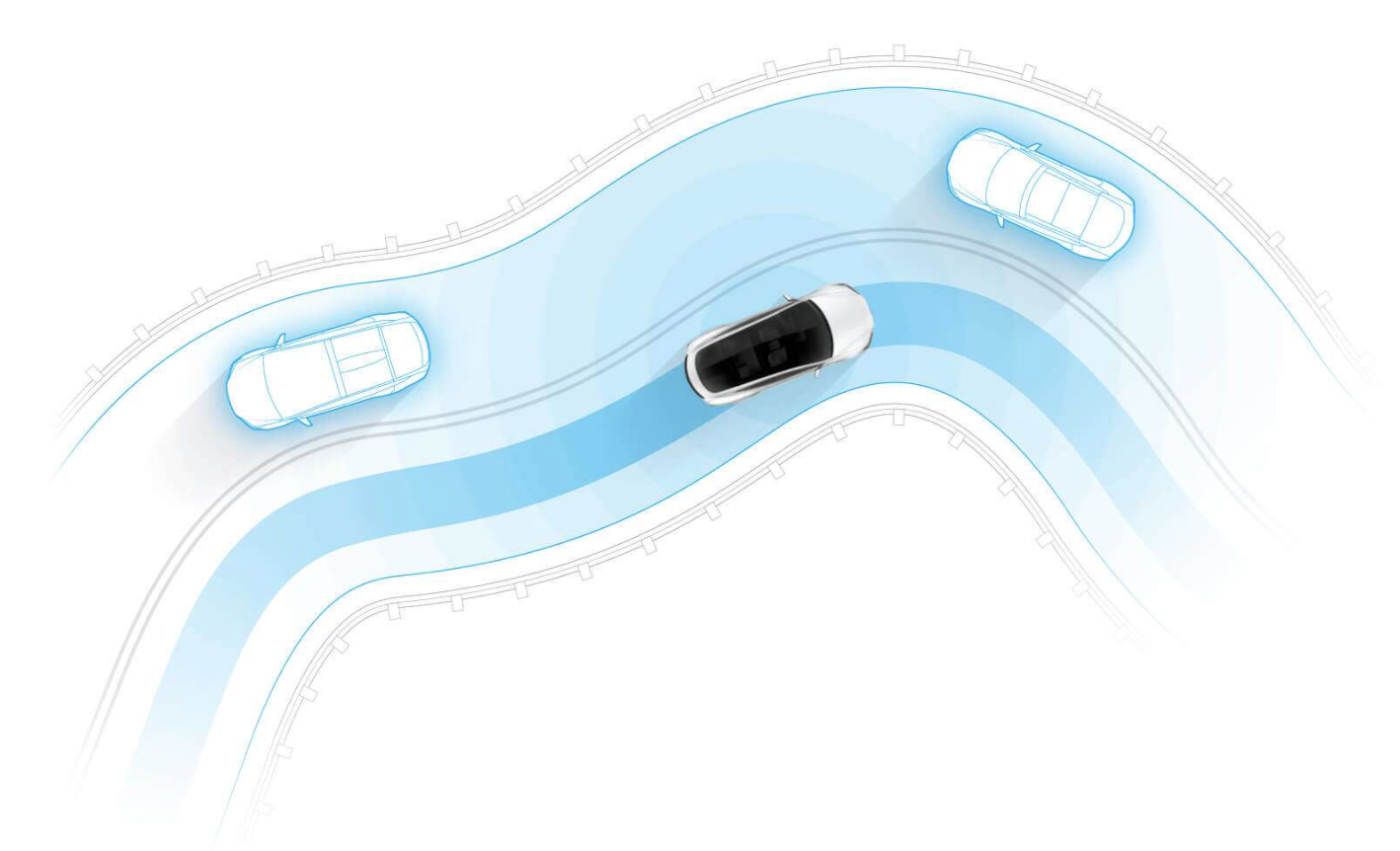
Enhanced Autopilot is also something you may have heard of, even if it isn’t available in the U.S. Enhanced Autopilot is essentially a middle-ground option for certain regions, like the U.K., which gives you a lot of the best FSD features for a fraction of the price.
Enhanced Autopilot comes with auto lane changing, auto park, summon and the ‘Navigate on Autopilot’ feature, but doesn’t include traffic light or stop sign recognition. Judging from the U.K. Model S order page it also won’t include Autosteer on city streets when that feature launches.
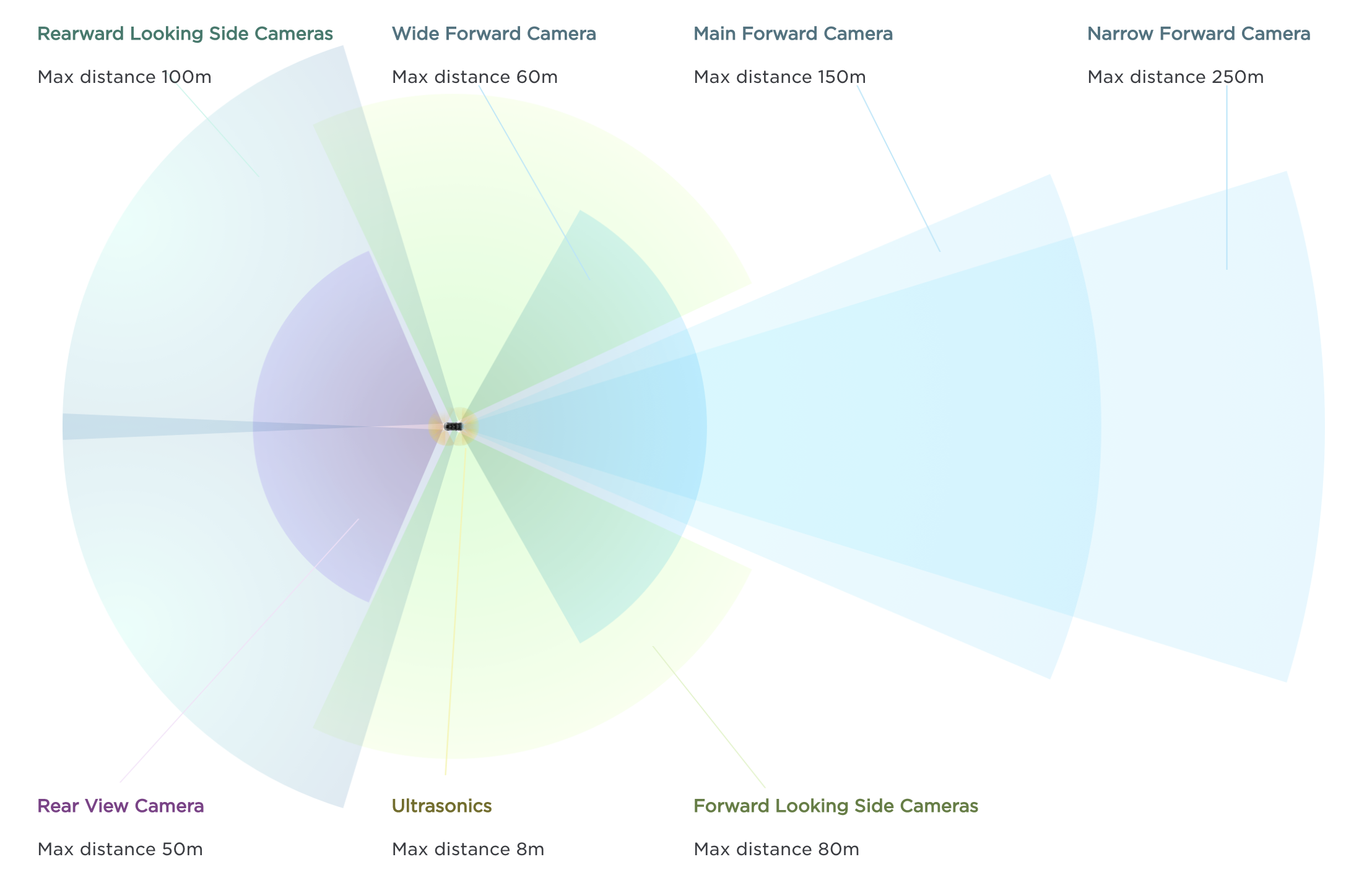
What Tesla Autopilot can’t do
The most important thing to remember about Autopilot is that it does not turn your Tesla into a self-driving car. Even if it seems that way, Autopilot is still classified as a Level 2 autonomous driving system, and many of its features are still in beta. A fully autonomous car, that has no option for driver input, is classified as a Level 5 system. So far such cars are not available to purchase.

In Tesla’s own words, the system can “do the wrong thing at the worst time,” and isn’t able to handle every situation the same way an experienced human driver would.
For example, during my time with Autopilot the system seemed to struggle recognizing that cars in other lanes were not directly ahead. On more than one occasion the Tesla Model 3 slammed on the brakes because it saw the car in an adjacent lane start to slow down pretty rapidly.
On more than one occasion the Tesla I was driving did the same thing when it thought there was a semi-truck turning across the highway. In reality there was a curve in the road that the trucks were following. Autopilot didn’t take the curve into account, despite the lane markings, and threw on the brakes.
So despite the name suggesting Autopilot means a Tesla can drive by itself, it’s not a foolproof system that you should place all your trust in. Not right now anyway.
So why is it called Autopilot?
While an average person may understand the term ‘autopilot’ as something that’s completely autonomous, Tesla CEO Elon Musk claims differently.
Musk says that Autopilot was named after the autopilot system used in planes, which eases the burden on human pilots but does not replace them. So while autopilot requires an attentive human pilot in the cockpit, Autopilot requires a human driver behind the wheel.
However, this hasn’t stopped people from assuming Autopilot is capable of doing all the work for them. There have been several instances where people have been pulled over and arrested because they weren’t in the driver’s seat while Autopilot was engaged. Some irresponsible folks have even been caught sleeping in the back seat.
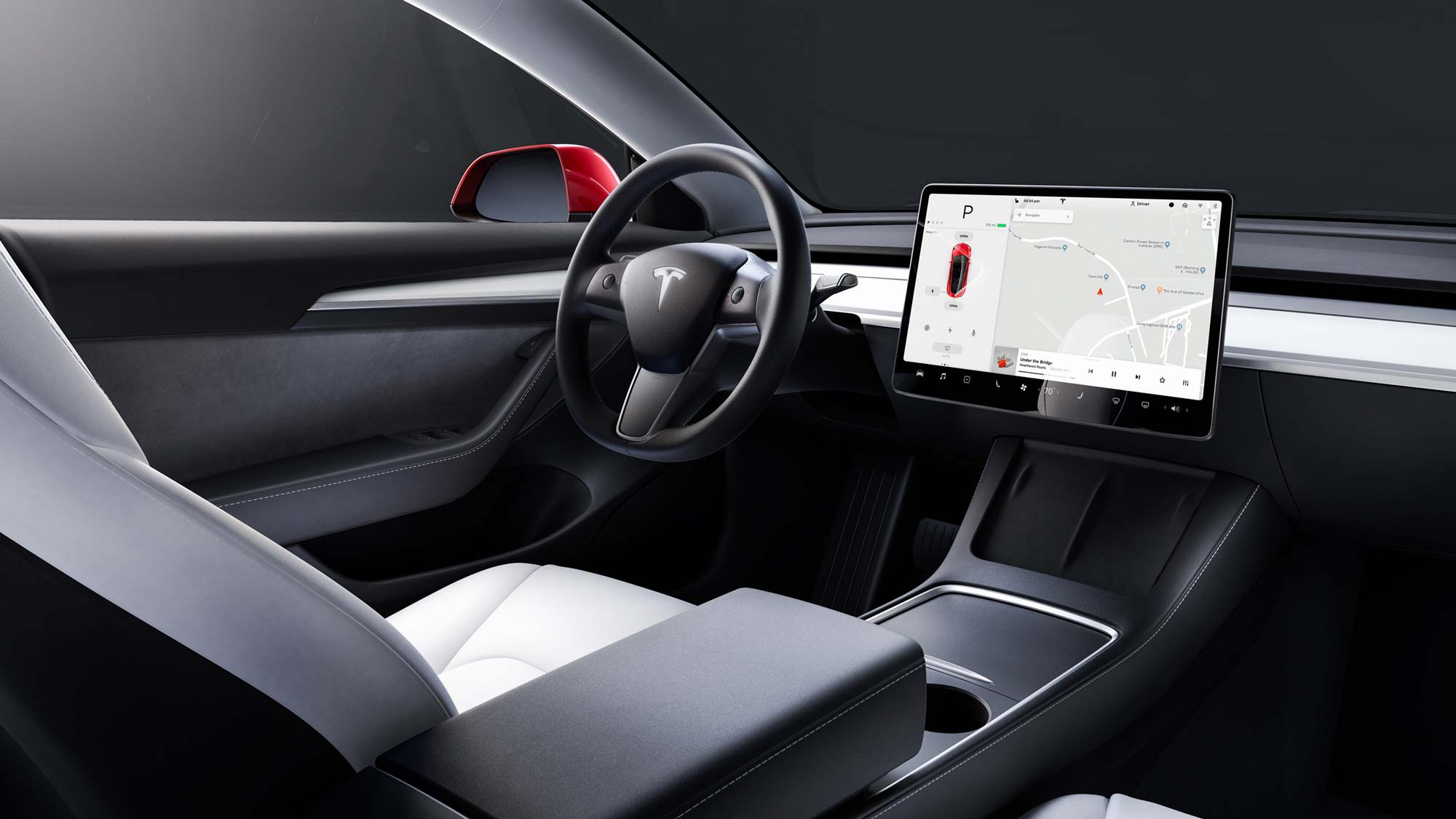
Tesla has been criticized for the kind of language it uses in relation to Autopilot. Last year a German Court ruled that the name ‘Autopilot’, as well as other marketing material, was misleading because it suggested a Tesla could drive on its own.
And it’s not just Germany. Back in 2018, two U.S. consumer rights groups, the Center for Auto Safety and Consumer Watchdog, urged the FTC to investigate Tesla over its Autopilot marketing. The National Highway Traffic Safety Administration also wrote to Tesla about its Autopilot advertising that same year, but referred the matter to the FTC.
Bottom line
Tesla Autopilot is an exceptionally useful tool, especially driving long distances, but it has its limitations. Limitations that are well worth keeping in mind before you get into the driver’s seat and let the car start controlling itself.
Self-driving cars are on the way, and there will get to a point where cars will be able to drive people around without needing any human input. Don’t let semantics give you the wrong idea, though. We’re still years away from truly autonomous vehicles.
Sign up to get the BEST of Tom's Guide direct to your inbox.
Get instant access to breaking news, the hottest reviews, great deals and helpful tips.

Tom is the Tom's Guide's UK Phones Editor, tackling the latest smartphone news and vocally expressing his opinions about upcoming features or changes. It's long way from his days as editor of Gizmodo UK, when pretty much everything was on the table. He’s usually found trying to squeeze another giant Lego set onto the shelf, draining very large cups of coffee, or complaining about how terrible his Smart TV is.
